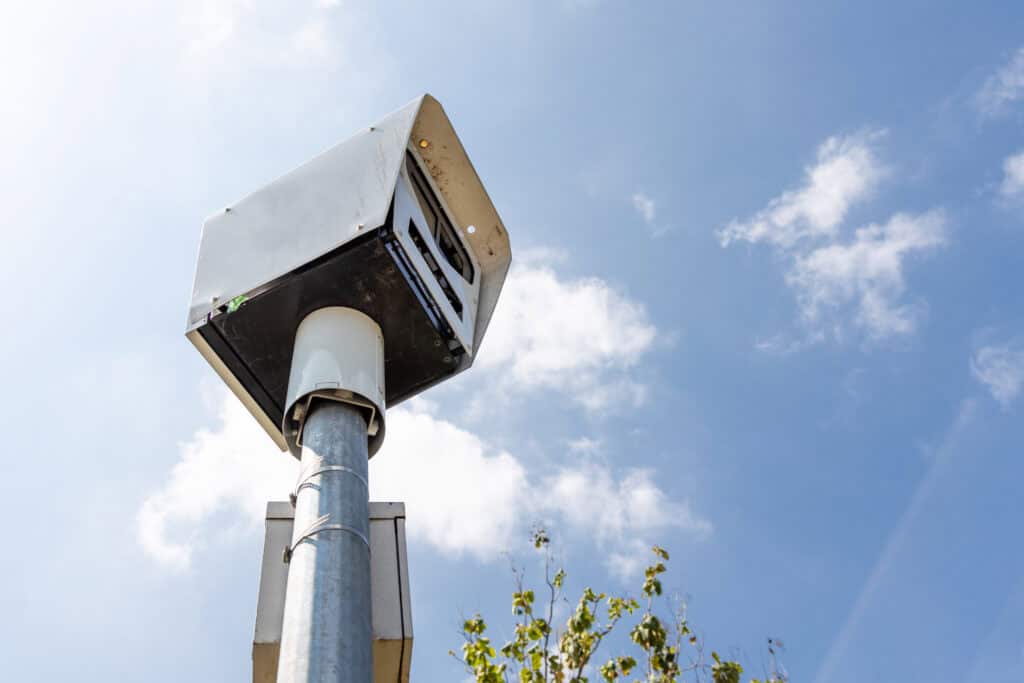
“Hunting” speed cameras placed to increase revenue rather than promote safety
For years, British drivers have suspected that speed cameras are used for money-making purposes, rather than to uphold the law. Now, thanks to a recent report by Her Majesty’s Inspectorate of Constabulary and Fire & Rescue Services (let’s just say HMICFRS!), we finally have confirmation that the rumours are true.
Well, in some areas of the country, at least.
The police watchdog’s shocking report found that cameras are installed in certain areas considered to be “good hunting grounds”. Rather than being placed in areas with a history of collisions and vulnerabilities, several cameras are positioned purely to maximise income from fines.
Fewer fatalities
While cameras are effective in reducing fatalities, the number of speeding tickets has still increased dramatically since 2011. From 2011 to 2018, there was a 41% rise in speeding tickets issued on UK roads. But equally, data reveals that fatal collisions with speed listed as a factor dropped by 7% from 2014 to 2018.
So our roads might gradually be getting safer, but whether collisions would actually have taken place several camera locations anyway? That’s another question altogether.
Enforcement over education
What’s even more interesting is that some local bodies have actually shown an unwillingness to support education over enforcement. Instead, the focus of activity has allegedly been to increase revenue for the road safety partnerships that deploy the cameras.
Though police forces and road safety partnerships don’t directly receive funds from the fines issued, they’re allowed to recover administration costs. And, as the report says, “what constitutes the recovery of costs is open to interpretation”.
The RAC’s head of policy Nicholas Lyes said: “Decisions on where to deploy speed cameras must always be led by a genuine desire to improve road safety. So any suggestion that a decision to locate cameras in certain places is driven by raising revenue, rather than improving road safety, is unacceptable.
“Cameras have played a vital role in keeping our roads safe over the years, but the police must be able to show their deployment is about saving lives and nothing more.”
Time for change?
Lyes’ sentiment is indeed echoed in the HMICFRS report, which demands change and more transparency over camera locations. It also states that camera enforcement should be used solely to maintain public confidence in their use. What’s more, the report called for road policing to be treated as seriously as counter-terrorism efforts.
But does a plethora of possibly unnecessary speed cameras really count as a serious effort? If the findings are to be believed, there will surely be at least a little wobble in public confidence now. I for one wonder how many of the 2.1m speeding tickets issued in 2018 were targeted to increase safety rather than make money.
Or am I being too cynical?! What do you think? Are we actually likely to see any real change following the report? Are we ok with the number of cameras out there? If not, where should the police be redirecting their focus instead?
Drop a comment below and let me know your thoughts.

